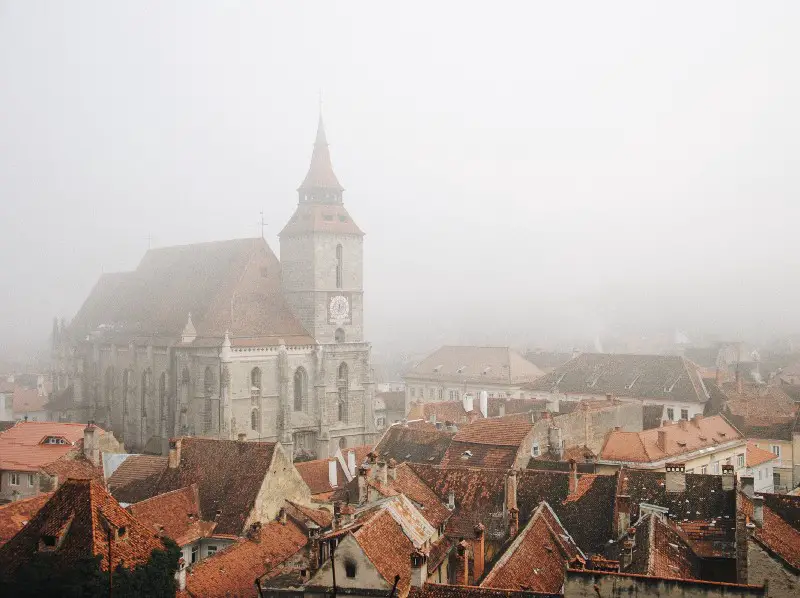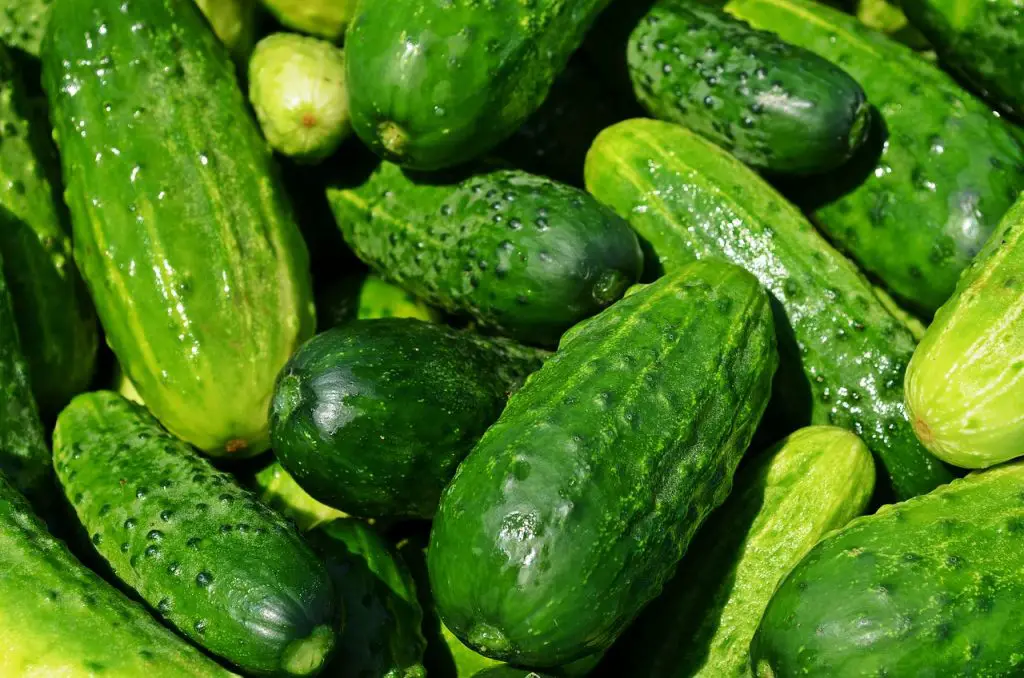 the first topic discussed in our publication, I wanted to start with something close to home. Romania is where I was born, and its history has always intrigued me. As an immigrant in the United Kingdom, I haven’t gotten the same education about our history as my counterparts back home. Even so, my curiosity prevailed, and over the years I’ve heavily researched the history of my country. Today I will write about a stormy part of our history. In the 1400s, the recently formed Ottoman Empire was expanding and consolidating its power rapidly throughout the Anatolian peninsula. This heavily threatened the principalities (being a principality means that you are ruled by a prince, whereas in a kingdom you are ruled by a king) of Wallachia and Moldavia which would later in history come together to form The United Principalities of Romania. But at the time not only were these two countries under separate control, but they were also rivals.
the first topic discussed in our publication, I wanted to start with something close to home. Romania is where I was born, and its history has always intrigued me. As an immigrant in the United Kingdom, I haven’t gotten the same education about our history as my counterparts back home. Even so, my curiosity prevailed, and over the years I’ve heavily researched the history of my country. Today I will write about a stormy part of our history. In the 1400s, the recently formed Ottoman Empire was expanding and consolidating its power rapidly throughout the Anatolian peninsula. This heavily threatened the principalities (being a principality means that you are ruled by a prince, whereas in a kingdom you are ruled by a king) of Wallachia and Moldavia which would later in history come together to form The United Principalities of Romania. But at the time not only were these two countries under separate control, but they were also rivals.
The Ottomans always had their eyes set north; this was especially true after the taking of Constantinople in May 1453 under Mehmed the Conqueror which catapulted them into a campaign into the north. This is where the principalities come to confront the Ottomans in two specific battles, one in each country which greatly impacted the Ottoman momentum. Of the many battles that the principalities took part in, I will be talking about the two which I perceive as being the most significant: the Battles of Târgoviște and the Battle of Vaslui.
The Battle of Târgoviște (17 June 1462) was the first of these two battles. Here the infamous Vlad III Țepeș (a.k.a. Vlad the Impaler) beat back Sultan Mehmed the Conqueror. Although called a battle, this was more of a night raid crafted by Vlad to strike at the Sultan. Vlad had a small force of elite armoured boyar knights against 100,000~ more experienced and better-equipped men of the Ottoman army. Vlad ambushed the Ottoman camp at night while the troops were sleeping and using his element of surprise nearly killed Mehmed who was only saved by his personal guard organising very quickly to protect his tent. Mehmed was shaken by this resulting in his retreat back to Constantinople in the autumn of 1462, stopping their advance north. Unfortunately, his reign of terror ended tragically by his brother Laiotă, betraying him in favour of having the Wallachian throne with the support of the Ottomans.
The Battle of Vaslui (10 January 1475) was the second of these two battles. Here Romania’s national hero Ștefan cel Mare (a.k.a. Stephen the Great) fought against the Ottoman army headed by Hadım Suleiman Pasha, one of Mehmed’s best commanders. Sent to pacify Moldavia, Hadim entered the country with the objective of causing as much chaos as possible to force the princedom into surrendering. This didn’t go to plan as scorched earth tactics were heavily used which left his troops weak. This was exploited at the Battle of Vaslui where Stephen used a valley and a bridge connecting the valley to the main road as a chokepoint to funnel the much bigger Ottoman force (45,000~ vs 120,000~) into a trap where he surrounded and routed the colossal army proving Stephan’s tactical proficiency and scaring off their reinforcements. This loss greatly impacted the Islamic Empire, especially Mehmed who wouldn’t talk to anyone for a week straight after the defeat which resulted in the stopping of all plans of expansion by Mehmed to pursue revenge against Stephen.
By writing about these two battles, I hope to show more than just a snippet of Romania’s history but also put across a very important lesson that not many seem to take to heart. No matter the odds if you put your mind to something you can achieve it which is shown by the David vs Goliath-style battle these two national heroes conducted.

Student of Philosophy, Politics and Economics. History fanatic. Contact: aneculaeseicg@gmail.com





